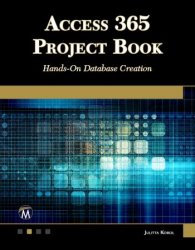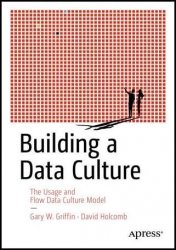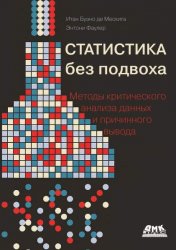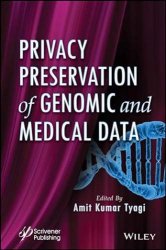- Добавил: literator
- Дата: 26-11-2023, 04:13
- Комментариев: 0
 Название: Windows 11 Tricks and Tips - 9th Edition, 2023
Название: Windows 11 Tricks and Tips - 9th Edition, 2023Автор: Papercut Limited
Издательство: Papercut Limited
Год: 2023
Язык: английский
Формат: pdf
Размер: 32.2 MB
Книга "Советы и рекомендации по работе с Windows 11" - это универсальное руководство для начинающих пользователей настольных компьютеров и ноутбуков, а также для тех, кто хочет узнать все необходимое для начала работы с операционной системой Microsoft. Это отдельное руководство содержит множество полезных советов и иллюстрированных пошаговых инструкций, написанных на понятном английском языке. Понимание операционной системы, под управлением которой работает ваш компьютер или приложение, позволит узнать все, что нужно знать о компьютере или приложении. С помощью этого неофициального руководства вы сможете изучить, исследовать и усовершенствовать Windows 11 для решения любых задач.









